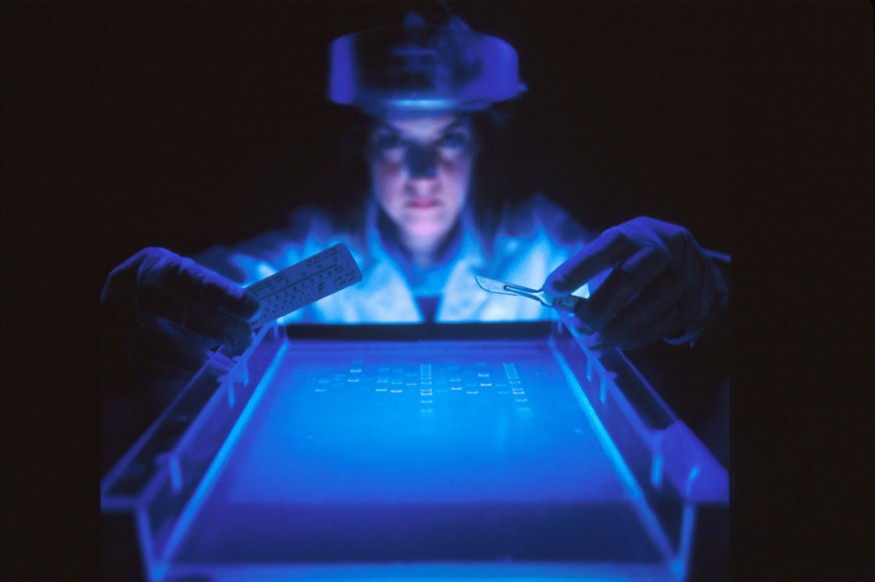A group of researchers from the Suzhou Institute of Biomedical Engineering and Technology (SIBET) of the Chinese Academy of Sciences proposed a novel biochemical biosensor for sensitive detection of exosomes, which are potential biomarkers in liquid biopsy that helps in early cancer diagnosis.
According to Phys.org, the biosensor is made up of hierarchical Au nanoarrays and grown on 2D Mxene membranes that show satisfactory reproducibility as well as a wide linear range and high sensitivity for detecting exosomes for better early detection of cancer.

What are Exosomes?
According to Technology Network, exosomes are a class of cell-derived extracellular vesicles that are typically 30 to 150 nm in diameter and are enveloped by a lipid bilayer released into the extracellular environment. Usually, exosomes are defined by the way they are formed, like through fusion and exocytosis of multivesicular bodies.
Scientists have been studying exosomes because of their role in cell biology and as biomarkers with potential for therapeutic and diagnostic applications. Initially, exosomes were thought of as cellular waste products, but studies have shown that their function is beyond waste removal.
Today, exosomes represent a new mode of cell communication that contributes to a spectrum of biological processes in medicine and health. For example, exosomes are thought to exert their effects via the transfer of exosome-associated RNA that influences protein production.
Though there is no evidence of this, scientists believe that exosomes likely play a role in the transfer of RNA to target cells. More so, microRNAs and long noncoding RNAs are moved by exosomes and alter gene expression while proteins can directly affect target cells.
Ultimately, exosomes are described as messengers that give insights into the health and disease of a person. They play an important role in normal physiology and could potentiate cellular stress under disease states.
ALSO READ : Nanoparticle Vaccine Protects Against Different SARS-Like Coronavirus Strains in Animal Models
New Platform of High-Sensitivity for Accurate Detection of Exosomes
In the new study, titled "Hierarchical Au nanoarrays functionalized 2D Ti2CTx MXene membranes for the detection of exosomes isolated from human lung carcinoma cells" published in Biosensors and Bioelectronics, researchers chose MXene nanosheets as the building blocks of MXene membrane preparation through facile vacuum filtration.
MXene nanosheets are a 2D material with a large surface area, high electrical conductivity, and catalytic ability. Phys.org reported that the team introduced Au nanoarrays and grew them in the MXene membranes.
The study's first author You Qiannan said that the combination of MXene membrane showed excellent conductivity, a large site for aptamer immobilization, and accelerated charge transfer. That means it can specifically capture target exosomes, which also anchor aptamer for CD63 and enhance the sensing and accuracy characteristics of the biosensor.
The composite membrane uses the large-scale preparation and reducibility of the MXene membrane to let the biosensor realize good accuracy and stability in detecting exosomes.
Dong Wenfei said that their work provides a new platform with high sensitivity and accuracy in the detection of exosomes to broaden the field of biosensing of 2D materials.
RELATED ARTICLE : New Nanowire Sensor Can Monitor Cardiac Tissue Activities
Check out more news and information on Nanotechnology in Science Times.
© 2025 ScienceTimes.com All rights reserved. Do not reproduce without permission. The window to the world of Science Times.












